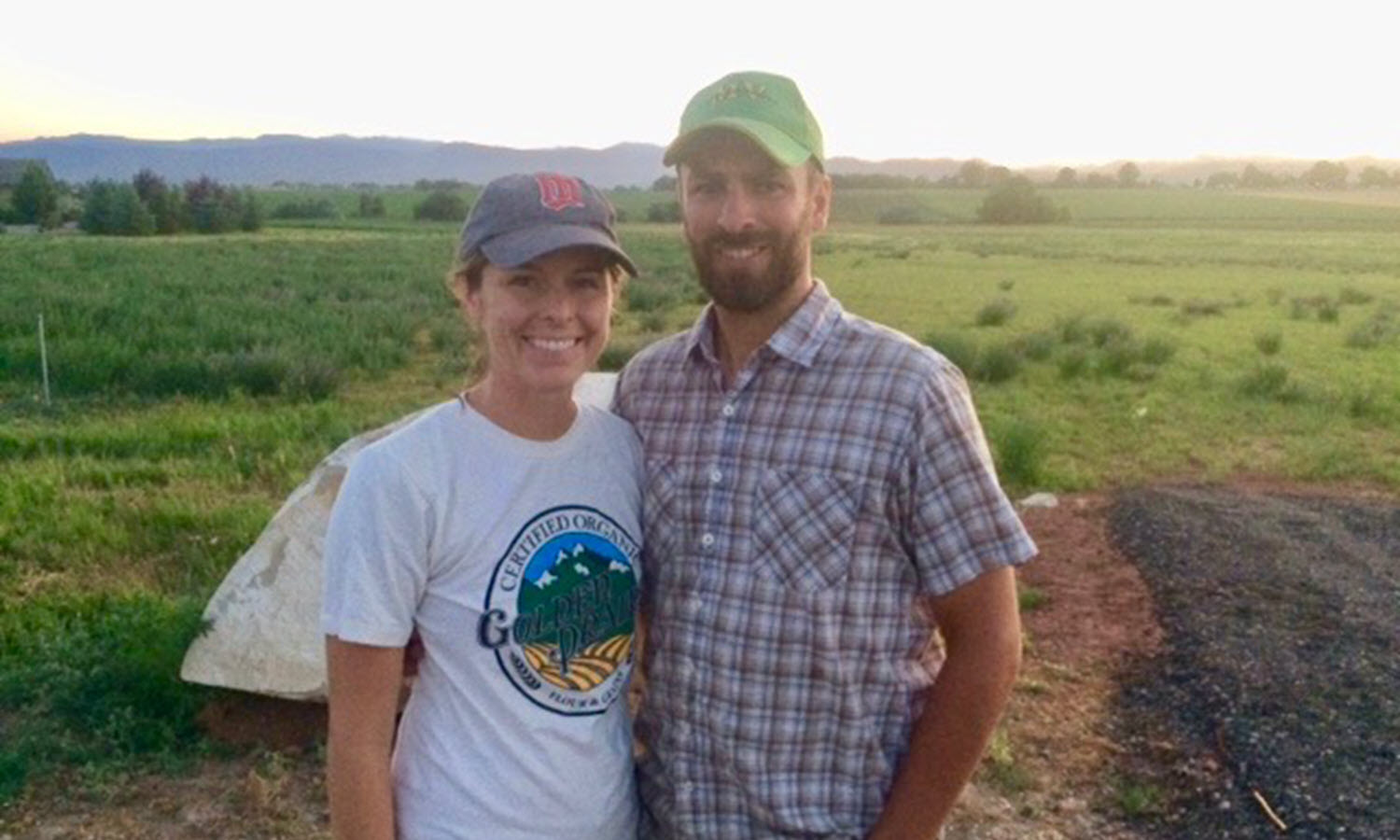Millet production in the United States increased 16 percent from 2016 to 2017 according to Statista, and is experiencing a sharp rise in popularity. Jean Hediger, a certified organic millet farmer, says the rise is due to consumers recognizing the health benefits of this low cost, ancient grain.
Hediger, part of a three-generation farm family that has owned Golden Prairie certified organic millet farm in Colorado since 1989, tells Food Tank, “We have seen a huge spike in millet demand that resulted from the gluten-free frenzy, a push by the United States Department of Agriculture (USDA) to eat healthy grains, and a heightened interest in ancient grains.” More and more consumers are demanding gluten-free products as the number of people diagnosed with Celiac disease increases, as well as the number of people without Celiac disease avoiding gluten (PWAGs) increases.
“We started planting millet as a rotation crop. Soon after that, United Natural Foods, Incorporated (UNFI) started asking for more and we couldn’t meet the demand. That’s when we banded together with other organic family farms and today, we make up 35,000 acres of millet across Wyoming, Colorado, South Dakota, North Dakota, and Montana. Today 60 percent of the U.S.’ organic millet grows in Colorado on family farms.”
With the help of United Natural Foods, Incorporated (UNFI)—a distribution organization that delivers organic and natural food to plates across North America via its 30 warehouses that are strategically located throughout the U.S. to help reduce the carbon footprint—Golden Prairie sells organic millet via food co-ops and health food stores like Whole Foods. In addition to selling organic millet via UNFI, Hediger tells Food Tank her farm sells directly to large brands that use millet as an ingredient, such as in health bars and other recipes.
Hediger believes consumers are also turning to millet as a quinoa-alternative due to quinoa’s rising cost, despite millet not containing all nine amino acids our body cannot produce on its own like quinoa. Hediger tells Food Tank, “Millet is half the price of quinoa, and consumers like the small carbon footprint of U.S.-grown millet, compared to quinoa which mainly comes from South America.” An Amazon price comparison of Bob’s Red Mill products reveals a 26-ounce bag of quinoa costs US$17.82, while a 28-ounce bag of millet costs US$9.16.
While the U.S. lags behind millet production compared to other countries like India—which produces 8 million tons of millet each year and is the global millet production leader—Hediger’s story reveals a growing U.S. adoption for millet in the U.S. and around the world. In December 2018 the U.N. Food and Agriculture Organization endorsed India’s proposal, supported by the European Union, China, Kenya, Austria, Thailand, and many other countries, to declare 2023 as the International Year of Millets, according to the International Crop Research Institute for Semi-Arid Tropics (ICRISAT). While millet is mainly grown in developing countries, its ability to thrive in harsh and arid environments makes it easy to cultivate and is an attractive source of food as climate change forces farmers around the world to seek alternative crops that are tolerant of dryer temperatures.
Hediger tells Food Tank, “People are becoming more interested in where their food comes from, and we are proud to provide millet as part of a healthy diet as consumers recognize the health benefits of this ancient grain.”











